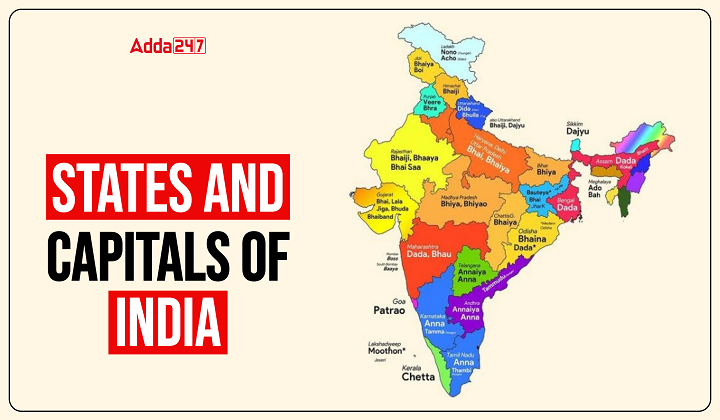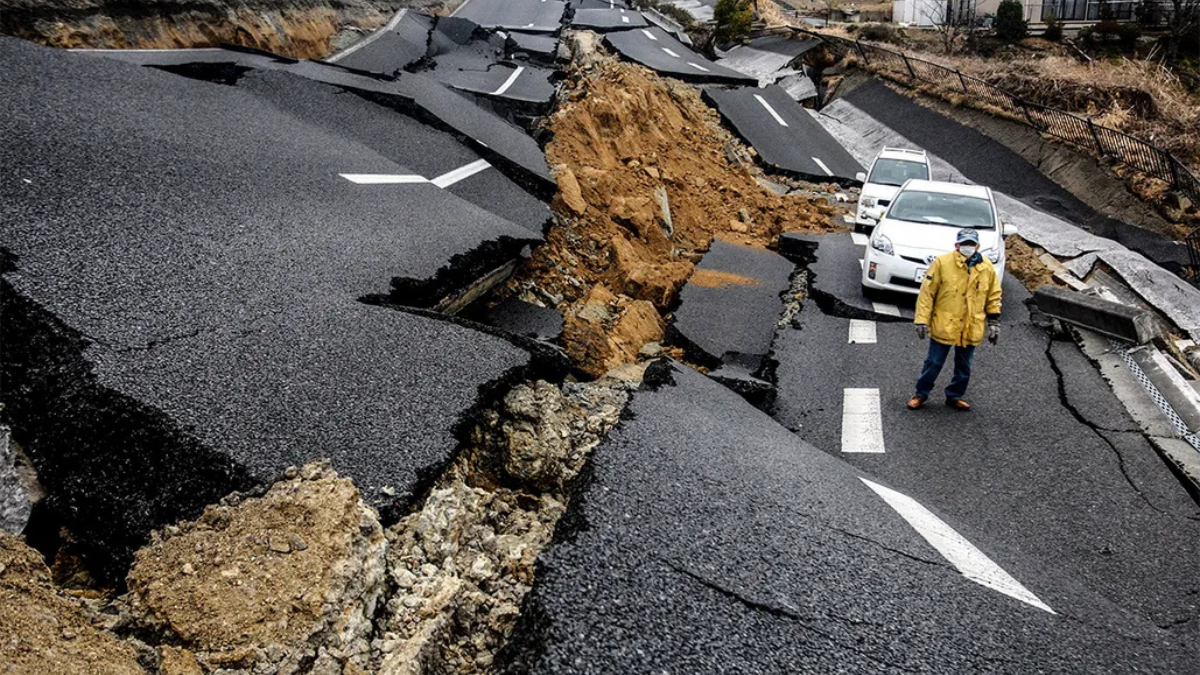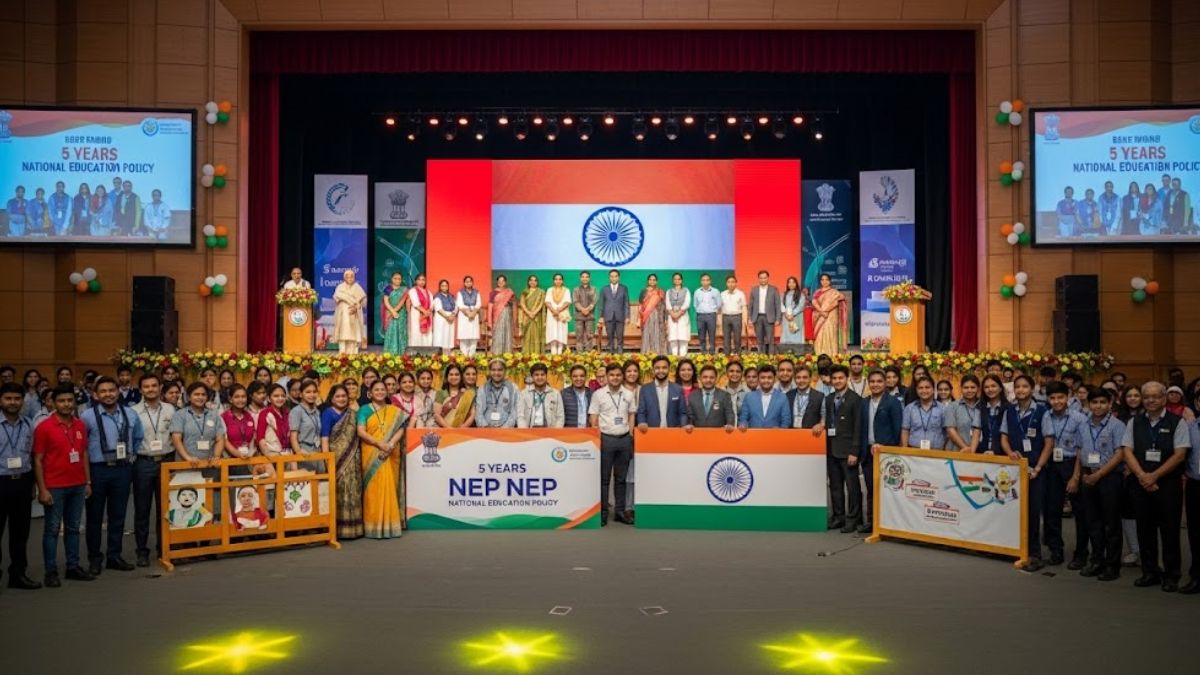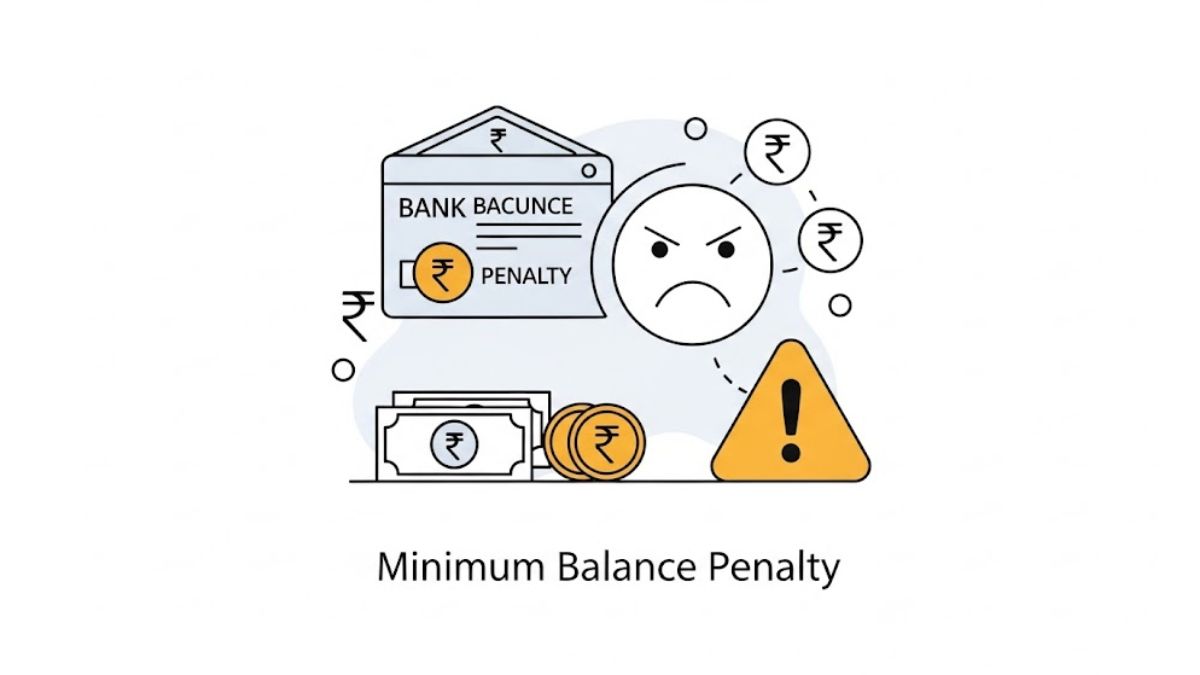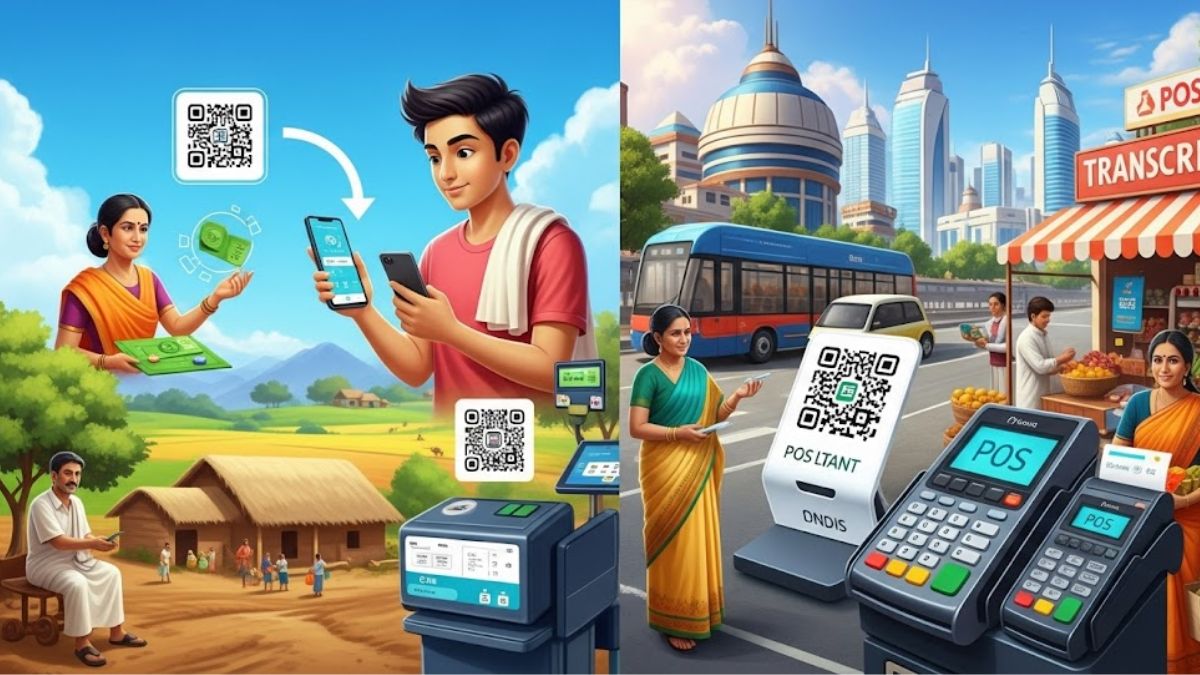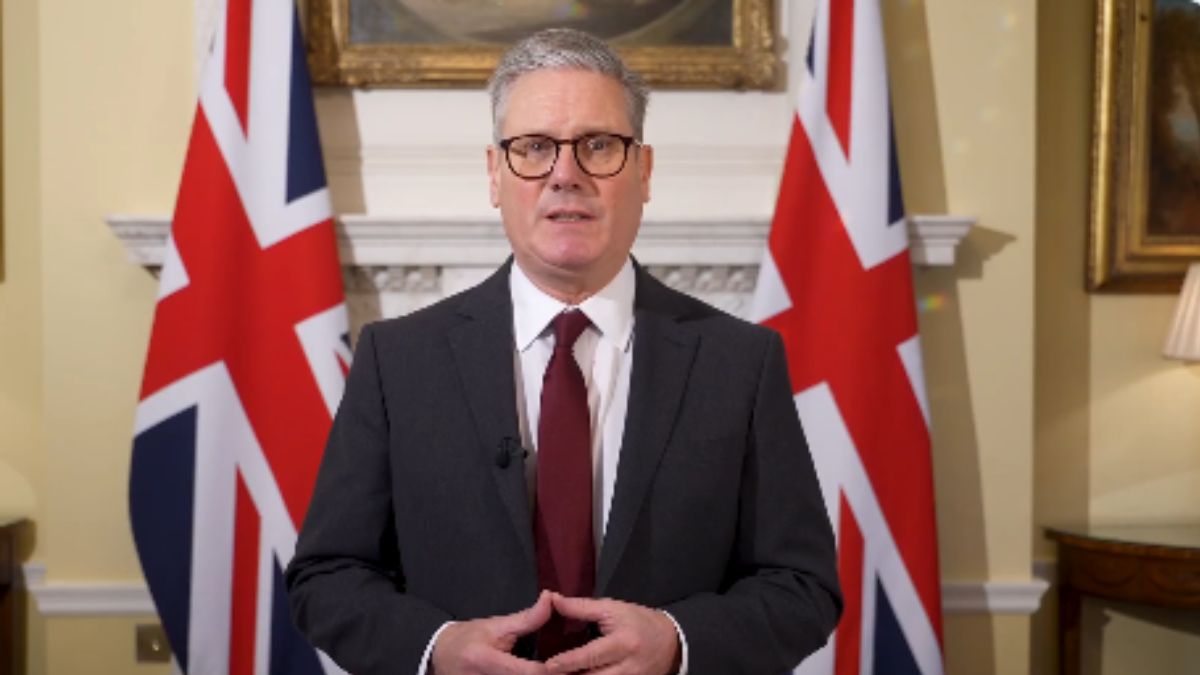India, a vast South Asian nation and the world’s seventh-largest by land area, is divided into 28 states and 8 union territories, each with its own capital. These states and territories are further segmented into districts. New Delhi, situated in the National Capital Territory of Delhi, serves as India’s administrative, political, and cultural hub.
The states and capitals of India weave a rich and diverse tapestry, reflecting the country’s deep cultural heritage, traditions, and innovations. Exploring these regions offers a fascinating journey through time, blending ancient legacies with modern advancements, tradition with contemporary influence, and showcasing India’s remarkable unity in diversity.
States and Capitals
In 1956, India reorganized its states according to linguistic demographics. Today, the country consists of 28 states and 8 Union Territories, home to nearly 400 cities. Among these, eight major metropolitan cities—Kolkata, Mumbai, New Delhi, Chennai, Hyderabad, Bangalore, Ahmedabad, and Pune—are prominent. The Prime Minister has introduced a plan to develop 100 smart cities across the nation, with Indore being recognized as the Smart City for four consecutive years. Discover India’s dynamic urban landscape and its focus on modernization.
How many states in India?
India is the 7th largest country in the world by land area and the 2nd most populated. The country is divided into states and union territories so that the government can function properly. Below is a list of all 28 states, their capitals and the year they were formed.
| S.NO | State | Capital | CM | Governor |
|---|---|---|---|---|
| 1 | Andhra Pradesh | Amaravati | Sri Nara Chandrababu Naidu | S. Abdul Nazer |
| 2 | Arunachal Pradesh | Itanagar | Pema Khandu | Kaiwalya Trivikram Parnaik |
| 3 | Assam | Dispur | Himanta Biswa Sarma | Lakshman Prasad Acharya |
| 4 | Bihar | Patna | Nitish Kumar | Arif Mohammed Khan |
| 5 | Chhattisgarh | Raipur | Vishnu Deo Sai | Ramen Deka |
| 6 | Goa | Panaji | Pramod Sawant | P.S. Sreedharan Pillai |
| 7 | Gujarat | Gandhinagar | Bhupendra Patel | Acharya Dev Vrat |
| 8 | Haryana | Chandigarh | Nayab Singh Saini | Bandaru Dattatraya |
| 9 | Himachal Pradesh | Shimla | Sukhvinder Singh Sukhu | Shiv Pratap Shukla |
| 10 | Jharkhand | Ranchi | Hemant Soren | Santosh Kumar Gangwar |
| 11 | Karnataka | Bengaluru | Siddaramaiah | Thaawarchand Gehlot |
| 12 | Kerala | Thiruvananthapuram | Pinarayi Vijayan | Rajendra Vishwanath Arlekar |
| 13 | Madhya Pradesh | Bhopal | Mohan Yadav | Mangubhai Chhaganbhai Patel |
| 14 | Maharashtra | Mumbai | Devendra Fadnavis | C.P. Radhakrishnan |
| 15 | Manipur | Imphal | N. Biren Singh |
Ajay Kumar Bhalla
|
| 16 | Meghalaya | Shillong | Conrad Kongkal Sangma |
C H Vijayashankar
|
| 17 | Mizoram | Aizawl | Lalduhoma | General (Dr.) Vijay Kumar Singh, PVSM, AVSM, YSM (Retd.) |
| 18 | Nagaland | Kohima | Neiphiu Rio |
La. Ganesan
|
| 19 | Odisha | Bhubaneswar | Mohan Charan Majhi |
Dr. Hari Babu Kambhampati
|
| 20 | Punjab | Chandigarh | Bhagwant Singh Mann | Gulab Chand Kataria |
| 21 | Rajasthan | Jaipur | Bhajan Lal Sharma | Haribhau Kisanrao Bagde |
| 22 | Sikkim | Gangtok | PS Golay | Om Prakash Mathur |
| 23 | Tamil Nadu | Chennai | M. K. Stalin | R. N. Ravi |
| 24 | Telangana | Hyderabad | Anumula Revanth Reddy | Jishnu Dev Varma |
| 25 | Tripura | Agartala | Dr. Manik Saha | Indra Sena Reddy Nallu |
| 26 | Uttar Pradesh | Lucknow | Yogi Aditya Nath | Anandiben Patel |
| 27 | Uttarakhand | Dehradun | Pushkar Singh Dhami | Lt. Gen. Gurmit Singh |
| 28 | West Bengal | Kolkata | Mamata Banerjee | Dr. C.V. Ananda Bose |
Union Territories of India and Their Capitals
India has 8 union territories that are managed by the central government. Some of them have their own legislative assemblies. Below is the of these union territories and their capitals:
| S.NO | Union Territories | Capital | CM | Lt. Governor |
|---|---|---|---|---|
| 1 | Andaman and Nicobar Island | Port Blair | NA | D K Joshi |
| 2 | Chandigarh | Chandigarh | NA | Banwarilal Purohit |
| 3 | Dadra and Nagar Haveli and Daman and Diu | Daman | NA | Praful Patel |
| 4 | Delhi | Delhi | Rekha Gupta | Vinai Kumar Saxena |
| 5 | Ladakh | NA | NA | B. D. Mishra |
| 6 | Lakshadweep | Kavaratti | NA | Praful Patel |
| 7 | Jammu and Kashmir | NA | Omar Abdullah | Manoj Sinha |
| 8 | Puducherry | Pondicherry | N. Rangaswamy | C. P. Radhakrishnan |
Difference Between States and Union Territories
India is divided into states and Union Territories for administrative purposes. They are in different in how they are governed.
| Basis of Difference | States | Union Territories |
| Head of Administration | Governor | Administrator or Lieutenant Governor |
| Government Type | Elected by the People | Managed by the central government |
| Powers | Shares power with the central government. | Controlled directly by the central government. |
Indian States and their Languages
India is a country with a rich and diverse linguistic heritage. There are over 121 languages spoken in India, and each state has its unique linguistic landscape. The Indian Constitution recognizes 22 languages as “scheduled languages,” which are given special status in government and education.
| S. No. | States | Language |
| 1 | Andhra Pradesh | Telugu and Urdu |
| 2 | Arunachal Pradesh | Miji, Apotanji, Merdukpen, Tagin, Adi, Honpa, Banging-Nishi |
| 3 | Assam | Assamese |
| 4 | Bihar | Hindi |
| 5 | Chhattisgarh | Hindi |
| 6 | Goa | Marathi Konkani |
| 7 | Gujarat | Gujarati |
| 8 | Haryana | Hindi |
| 9 | Himachal Pradesh | Hindi and Pahari |
| 10 | Jharkhand | Hindi |
| 11 | Karnataka | Kannada |
| 12 | Kerala | Malayalam |
| 13 | Madhya Pradesh | Hindi |
| 14 | Maharashtra | Marathi |
| 15 | Manipur | Manipuri |
| 16 | Meghalaya | Khashi, Jaintia, And Garo |
| 17 | Mizoram | Mizo and English |
| 18 | Nagaland | Ao, Konyak, Angami, Sema, and Lotha |
| 19 | Odisha | Oriya |
| 20 | Punjab | Punjabi |
| 21 | Rajasthan | Rajasthani and Hindi |
| 22 | Sikkim | Bhutia, Hindi, Nepali, Lepcha, Limbu |
| 23 | Tamil Nadu | Tamil |
| 24 | Telangana | Telugu |
| 25 | Tripura | Bengali, Tripuri, Manipuri, Kakborak |
| 26 | Uttar Pradesh | Hindi |
| 27 | Uttarakhand | Hindi |
| 28 | West Bengal | Bengali |
Some Key Facts About Indian States
Each state in India is unique and has something special. Here are some interesting facts about a few states:
- Andhra Pradesh: Famous for spicy food and historical sites like Charminar.
- Assam: Know for tea gardens and Kaziranga National Park, home to the one-horned rhinoceros.
- Bihar: A place with a rich history, home to Bodh Gaya and the ancient city of Pataliputra.
- Goa: Popular for beautiful beaches and a lively nightlife.
- Kerala: Famous for its backwaters, Ayurveda treatments and lush green nature.
- Maharashtra: Mumbai, the financial capital, is also home to Bollywood.
- Himachal Pradesh: Known for stunning hill stations and adventure sports.
- Tamil Nadu: Famous for classical dance forms and grand temples.

